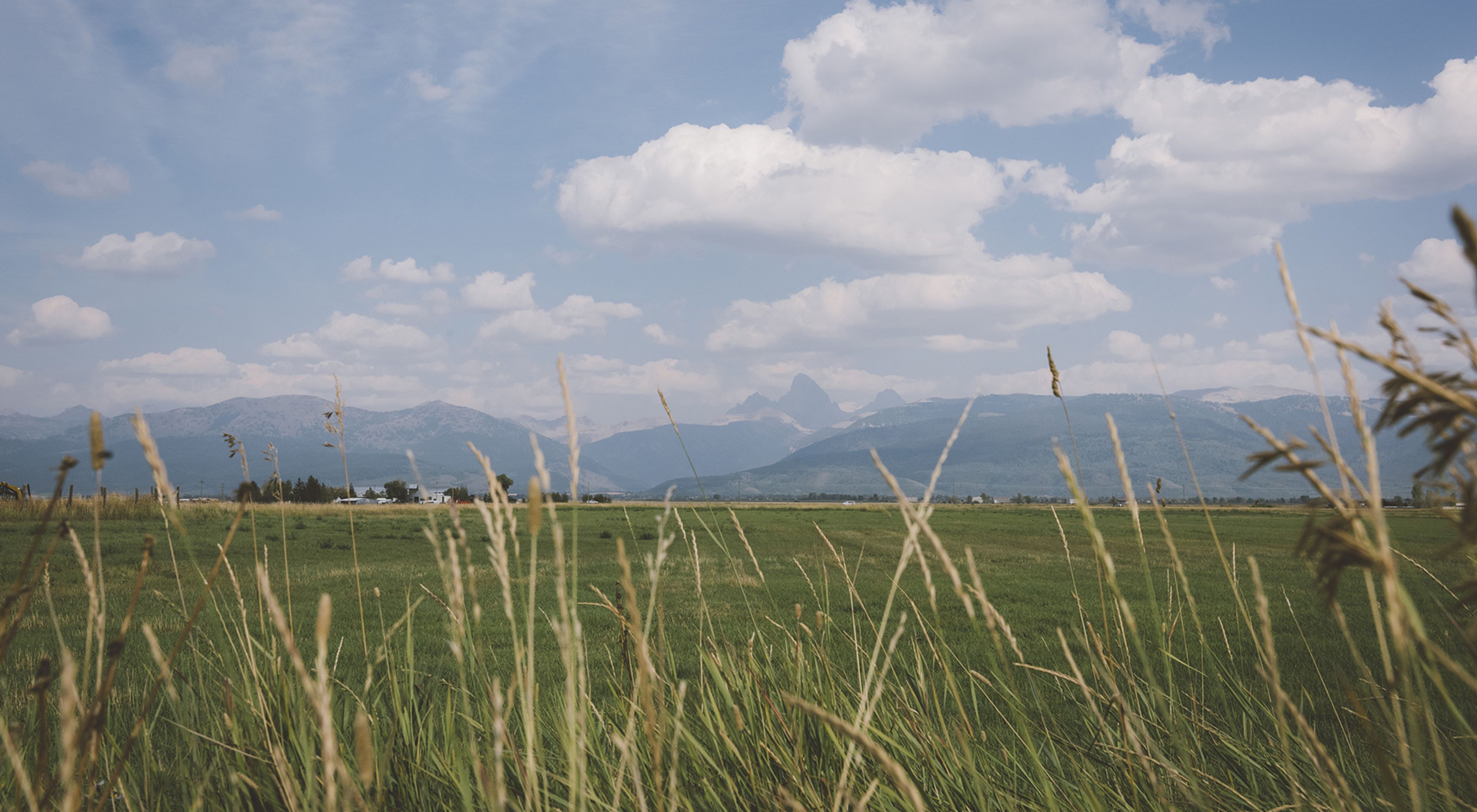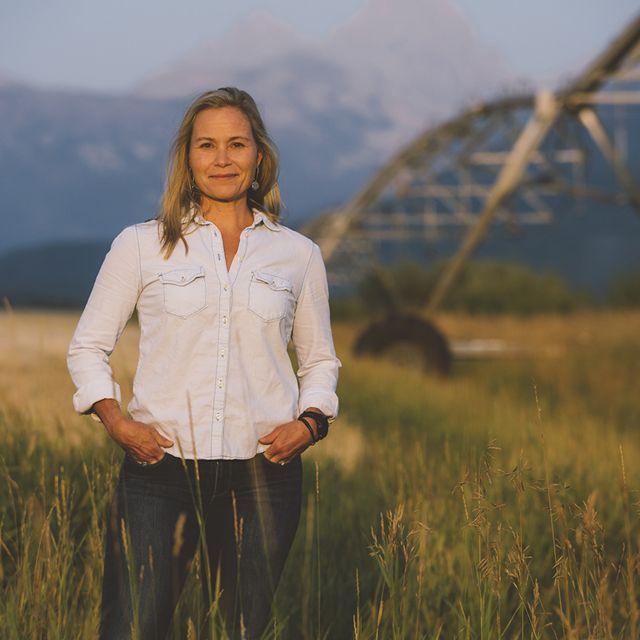The Nature Conservancy in Idaho Acquires Property in Teton Valley for Land and Water Conservation
Media Contacts
-
Claire Cornell
Communications Manager
The Nature Conservancy
Phone: 208-350-2206
Email: claire.cornell@tnc.org
The Nature Conservancy in Idaho announced today the acquisition of 1,000 acres of property in Teton Valley, as part of a multi-year effort to achieve conservation and community benefits for the region. Launched as the Teton Creek Land & Water Project, the acquisition provides a pathway to improve streamflow in Teton Creek, the most significant spawning tributary for Yellowstone cutthroat trout in the Upper Teton River Watershed, within one of the most ecologically important freshwater systems in the West.
Utilizing the property’s undeveloped lands, agricultural fields and water assets, TNC will collaborate with local organizations to pursue conservation outcomes that benefit fish and wildlife habitat, while preserving working lands and responding to community needs.
“This property opens the door to exciting win/win scenarios for nature and people, including the potential to restore flows in Teton Creek,” says Sarah Lien, Water Attorney for The Nature Conservancy and a Driggs resident. “It presents a conservation opportunity unlike any other in Eastern Idaho and an opportunity to demonstrate how farms and a healthy fishery can succeed together.”
Project goals include keeping more water in Teton Creek at critical times for native trout; supporting agricultural irrigation needs and exploring opportunities for implementing regenerative farming practices; permanently protecting elk migration corridors and wildlife habitat; safeguarding iconic Teton Valley viewsheds; and expanding public pathways for community benefit.
Local Conservation with Ecosystem-Wide Benefits
Yellowstone cutthroat trout (YCT) is a native species unique to the Greater Yellowstone Ecosystem, one of the world’s last remaining large, nearly intact ecosystems in a temperate zone. Teton Creek—a stronghold stream for YCT in the Upper Teton River Watershed—typically runs dry beginning in July of each year due to continued water demands, declining snowpack and persistent drought. The project will explore solutions to improve mid- and late-season flows in the creek while still meeting agricultural irrigation needs. In addition, the project will conserve wildlife habitat and secure crucial elk winter range by placing easements on high-priority areas of the property.
Supporting Community Needs
The property was sold as package of separate land parcels, some of which have limited conservation values. On parcels with lower conservation value, TNC will seek to support local partners in addressing infrastructure needs identified by the community, such as securing land for affordable housing; securing land for storm water discharge; and expanding the recreational pathway system through the Teton Valley.
Building on Local Partnerships
TNC’s work builds on community-based efforts that are part of a broader initiative led by the Teton Creek Corridor Project (TCC) partners, a group of local organizations including Friends of the Teton River, Teton Regional Land Trust, Teton Valley Trails & Pathways, Valley Advocates for Responsible Development and LegacyWorks Group. The Teton Creek Land & Water Project will enhance the successes of the TCC and expand opportunities to secure additional conservation and community benefits for the region.
“This project represents an outstanding model for collaborative conservation within rural communities,” says Amy Verbeten, Executive Director of Friends of the Teton River. “We are effectively carrying out a long-standing goal of keeping working lands working, enhancing streamflow and water quality for the benefit of fish, wildlife and people, and even pursuing opportunities to address broader needs like affordable housing and recreation. It’s exciting to see this diverse group come together to develop effective, community-driven strategies for land and water conservation.”
The Teton Creek Land & Water Project is part of TNC’s efforts through its Resilient Waters program to create a more balanced water supply for people and nature in the face of a changing climate.
The Nature Conservancy is a global conservation organization dedicated to conserving the lands and waters on which all life depends. Guided by science, we create innovative, on-the-ground solutions to our world’s toughest challenges so that nature and people can thrive together. We are tackling climate change, conserving lands, waters and oceans at an unprecedented scale, providing food and water sustainably and helping make cities more sustainable. The Nature Conservancy is working to make a lasting difference around the world in 81 countries and territories (40 by direct conservation impact and 41 through partners) through a collaborative approach that engages local communities, governments, the private sector, and other partners. To learn more, visit nature.org or follow @nature_press on X.

